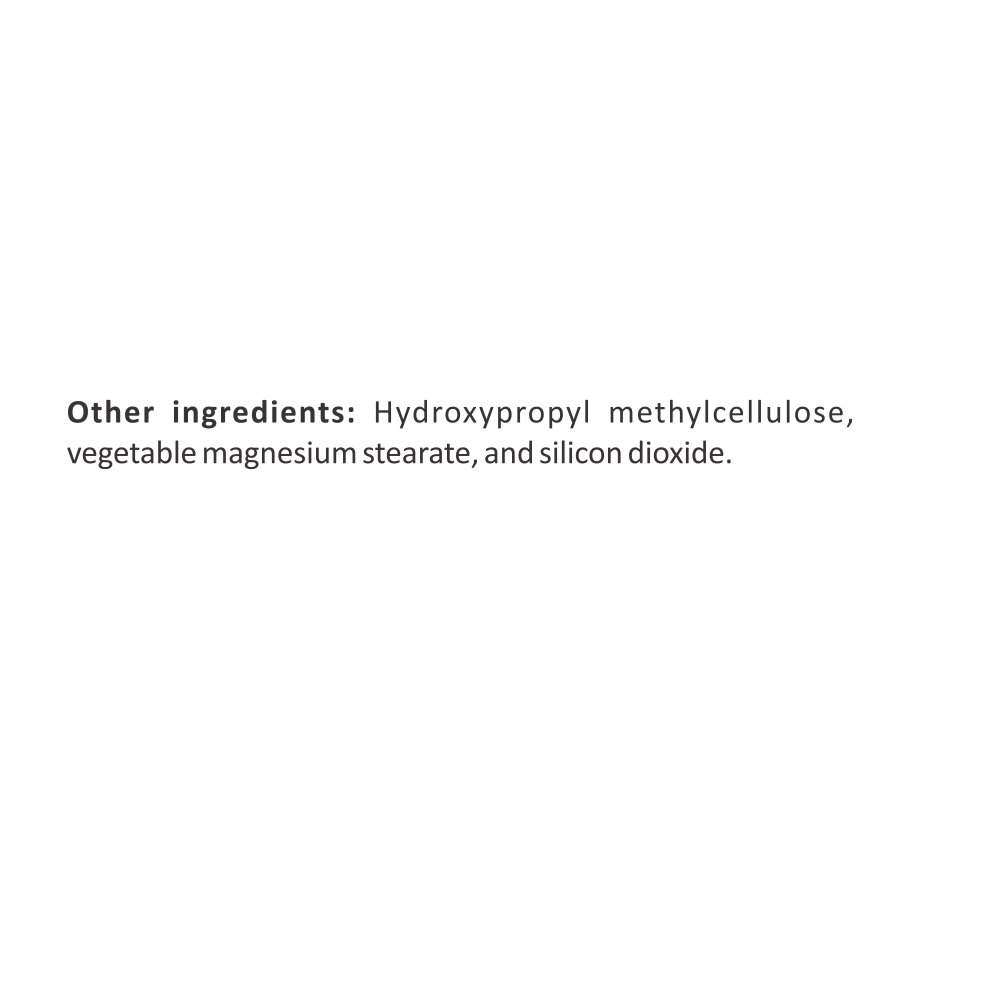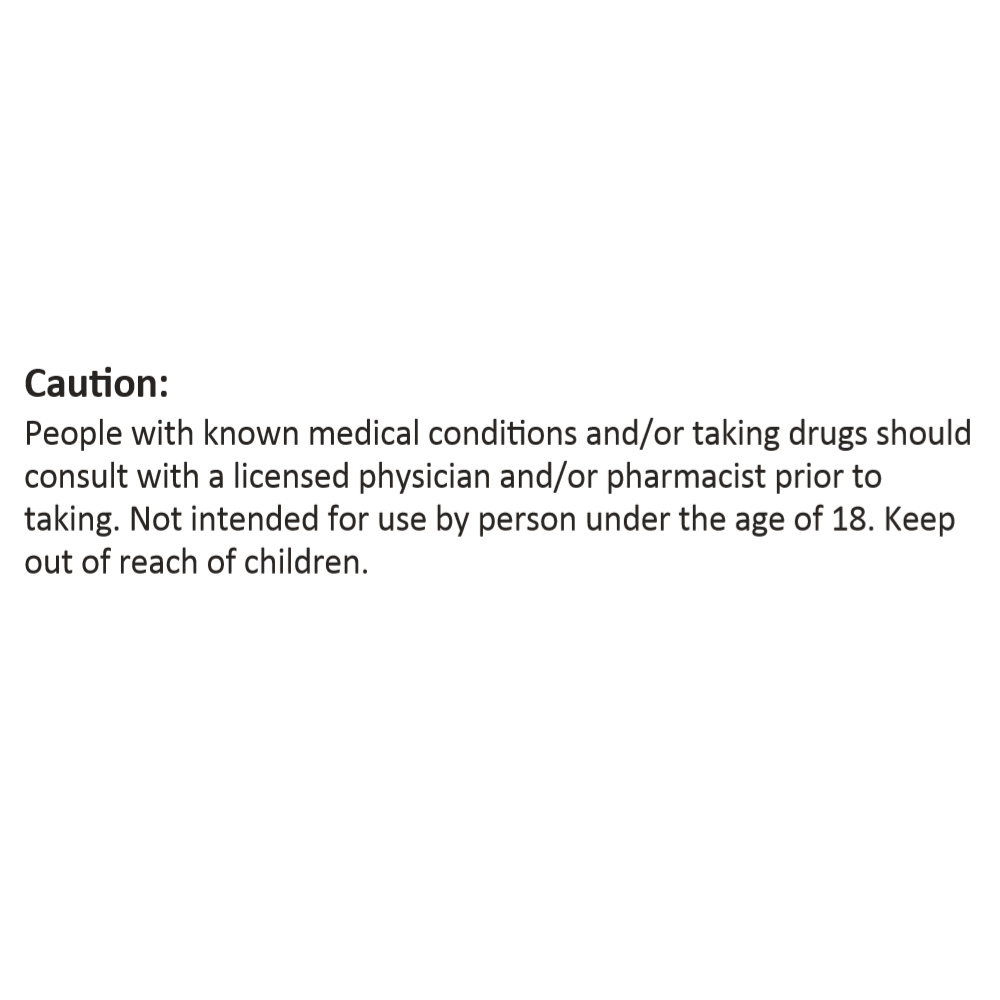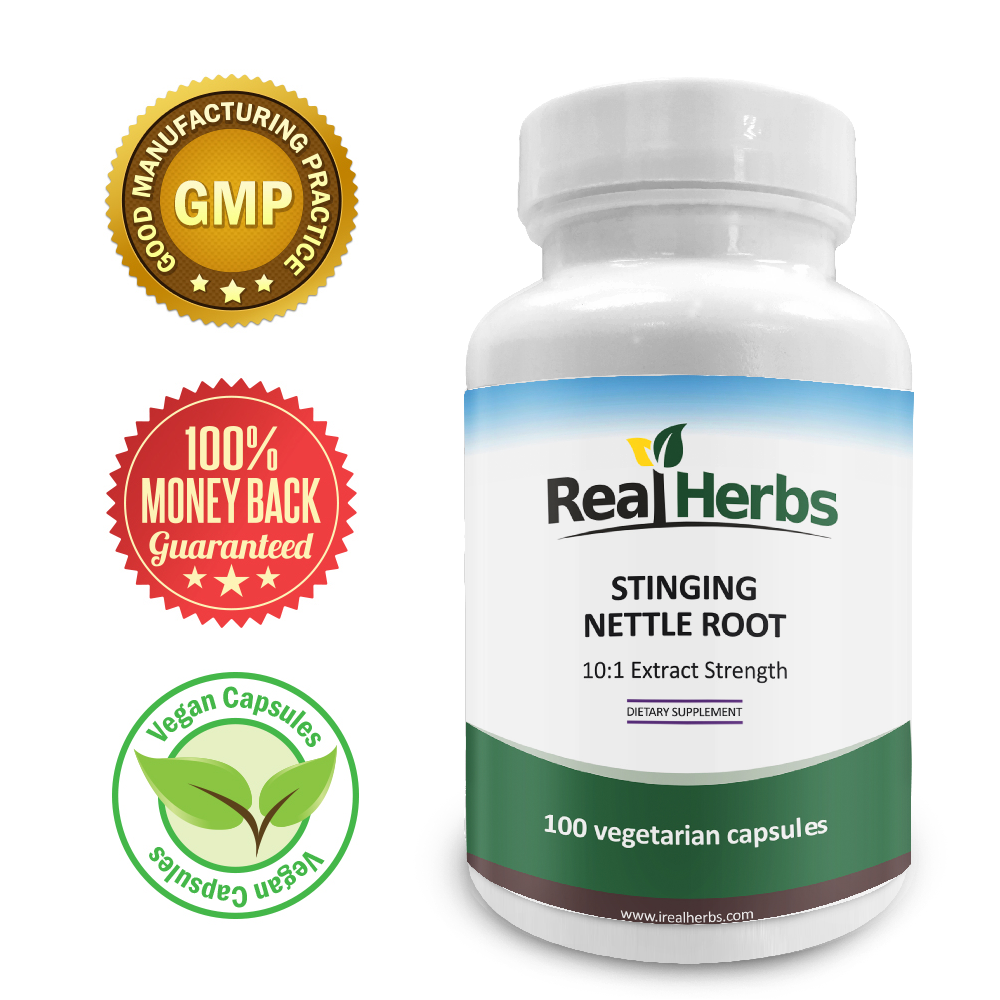Seasonal allergies, also known as hay fever or allergic rhinitis, affect millions of individuals all over the world. Sneezing, runny nose, itchy eyes, and congestion are common symptoms of seasonal allergies, which are typically triggered by allergens such as pollen, mold, and dust. These allergies can be mild to severe, and they can have a significant impact on a person's quality of life. Many people use over-the-counter or prescription medications to treat allergy symptoms, but others prefer natural remedies. Stinging nettle root is one such remedy that has been used for centuries for medicinal purposes and has been shown to be effective in the treatment of allergy symptoms.
History
Stinging nettle (Urtica dioica) is a plant that has been used for centuries for medicinal purposes. The plant's root is particularly effective in treating allergy symptoms, though the plant's leaves and stems can also be used. Stinging nettle root was commonly used in traditional medicine as a tea or tincture to treat a variety of ailments, including allergies.
How it works
Stinging nettle root works by inhibiting histamine production, a chemical released by the body during an allergic reaction. Many of the symptoms associated with allergies, such as sneezing, itching, and congestion, are caused by histamine. When an allergen enters the body, histamine is released by the immune system, causing inflammation and other symptoms.
Stinging nettle root contains compounds that inhibit histamine production, which can help to alleviate allergy symptoms. It also has anti-inflammatory properties that can aid in the reduction of swelling and irritation in the nasal passages. Furthermore, stinging nettle root may aid in immune system support and overall respiratory function. It is important to note that the precise mechanisms by which stinging nettle root works are unknown.
Studies and Results
Several studies have been carried out to determine the efficacy of stinging nettle root in the treatment of seasonal allergies. Individuals with allergies were given either a placebo or stinging nettle root extract in one study. When compared to the placebo group, those who received the extract experienced a significant reduction in allergy symptoms such as sneezing and congestion.
In another study, stinging nettle root was found to be effective in reducing allergy symptoms in children. Children who took stinging nettle root extract had significantly less sneezing, itching, and nasal congestion than those who received a placebo.
Aside from these studies, there is a plethora of traditional and anecdotal evidence supporting the use of stinging nettle root for allergy treatment. While
Recommended Dosage
The recommended dosage of stinging nettle root varies according to the form taken and the product used. The usual dosage for dried root is 1-2 grams three times per day. The typical dosage for tinctures is 0.5-1 mL three times per day. Before taking stinging nettle root, it is critical to read the product label and consult with a healthcare provider because it may interact with certain medications.
It is important to note that clinical studies have not determined the optimal dosage of stinging nettle root, and more research is needed to determine the most effective and safe dosage. It is always best to consult with a healthcare provider before beginning any new treatment.
Conclusion
Stinging nettle root is a natural remedy that has been shown to help with seasonal allergies. It works by inhibiting histamine production and has anti-inflammatory properties that can help with allergy symptoms. While more research is needed to fully understand the potential benefits of stinging nettle root, it is a promising option for allergy sufferers looking for a natural way to manage their symptoms.
References:
- National Center for Complementary and Integrative Health. (n.d.). Stinging Nettle. Retrieved from https://www.nccih.nih.gov/health/stinging-nettle
- Mayo Clinic. (2018, May 8). Allergic rhinitis. Retrieved from https://www.mayoclinic.org/diseases-conditions/allergic-rhinitis/symptoms-causes/syc-20351179
- Blum, M. S., & Veltmann, J. R. (2006). The use of plant-based therapies for the treatment of allergic rhinitis. Journal of Allergy and Clinical Immunology, 117(2), 452-459.







